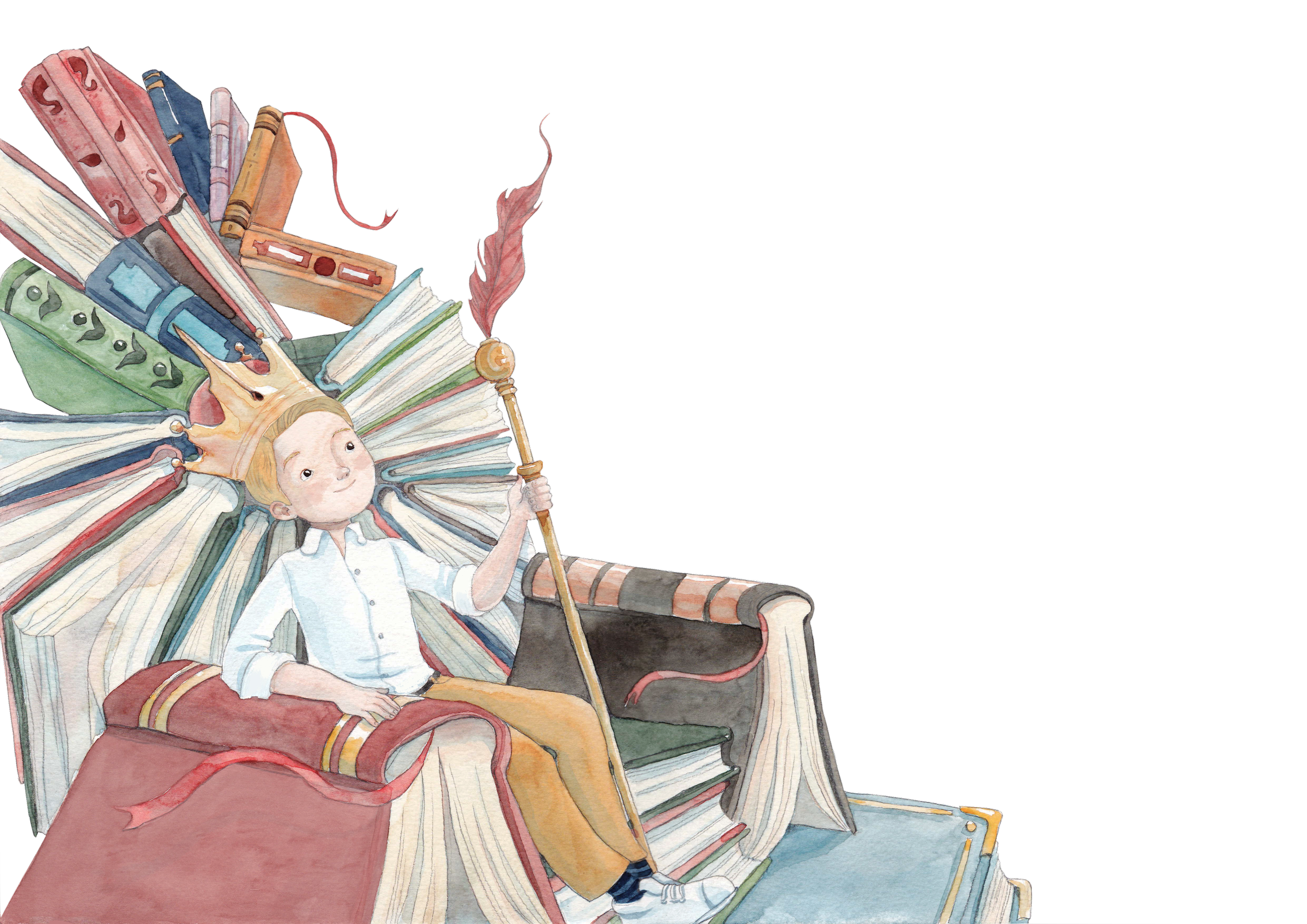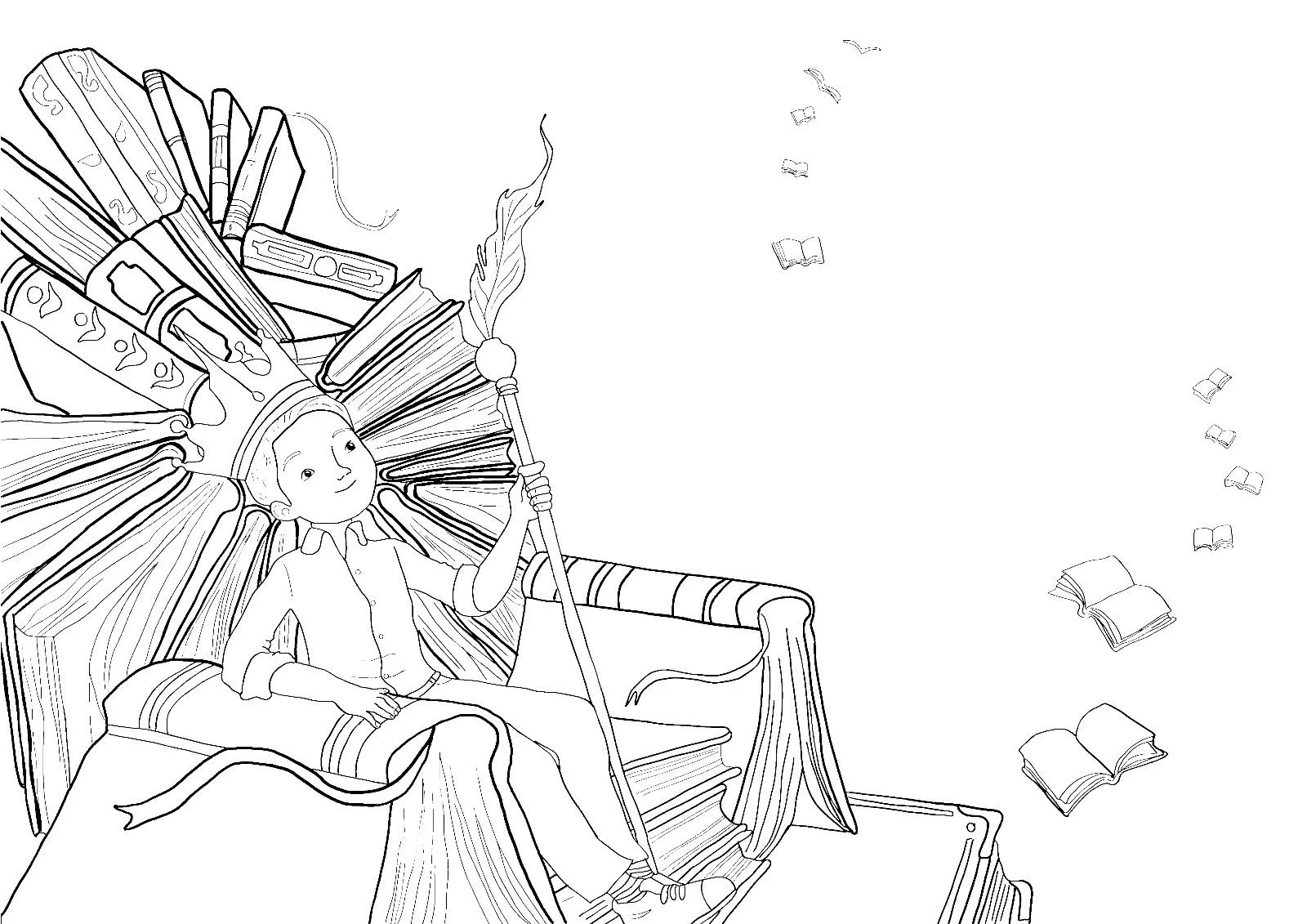
For Libraries and Educators
Making reading an adventure
Albert Goes to Oxford - Around the World of Knowledge is a rhymed knowledge adventure around the world.
When Albert opens his book, he finds himself in Oxford’s Bodleian Library meeting a mythical guide who takes him on a journey to learn 10 of the greatest discoveries of our time. From the Pythagorean theorem all the way to Einstein’s theory of relativity - our book inspires children to learn; introduces science, see the world through different angles, and above all set high goals and believe in themselves.
Our first book has 22 illustrated scenes, spread across 44 pages, totalling 1226 words.
What age group is it for?
Our philosophy is not to write based on children’s numerical age as we see it as a limitation. Children are unique individuals who learn at a different pace, and they also have different levels on different subjects and languages.
Our book grows with the child. It is rhymed, hence it is melodic to read to newborns. It incorporates traveling and science and can continue to be read until 8 or 9 years old. Some parents like to read it, too. We hope you enjoy reading it as well.
“A children’s book that the entire family can learn from”
Art Activities
King of Books
Download the cutouts and create Albert’s crown from the book! Colour, wear it and rule the kingdom of books!
Colouring
Download the colouring page of the scene with the throne of books and either replicate it or paint it with your own colours.
Science activities
Observe Newton’s 3 Laws of Motion by using a ball
-
An object will only change its motion when it is acted upon by a force. This means that a a stationary object will not move until a force is applied to it, and a moving object will only change speed or direction when a force is applied to it.
Experiment:
Place a ball on a flat level table so it stands still. Until you push on it, it will not move. Once you do push it, it will continue rolling until it hits something or falls off the table.
(Note: Friction between the ball and table means that the ball will not roll at exactly constant speed)
-
The acceleration of an object depends on the mass of the object and the amount of force applied. The heavier something is, the more force it will take to move or stop it.
Experiment:
Take two balls of different weights, for example a ping pong ball and a baseball. When you hold each out in front of you, it will be harder to hold the heavier ball because it takes more force. If you then try to toss each ball up in the air to the same height, it will also be harder with the heavier ball. This is because the acceleration due to gravity is the same on all objects, so the ball with more mass takes more force to hold and throw up against gravity.
-
For every force, there is an equal and opposite reaction force. This means that one object cannot influence another without being affected itself.
Experiment:
Toss a ball in the air. You feel force in your hand and see the ball moving; the force on your hand is the same force being applied to the ball to make it move. When you catch the ball you again feel the force in your hand which is required to make the ball stop falling.
Activities with an internet connection
Watch videos demonstrating Newton's Laws
Watch simple and short videos you can do with one, or two balls to understand the 3 laws of motion.
Listen to audios around the world
Listen to "Good Morning!" from native speakers around the world from countries in Europe, North America, South America, Africa and Asia.







